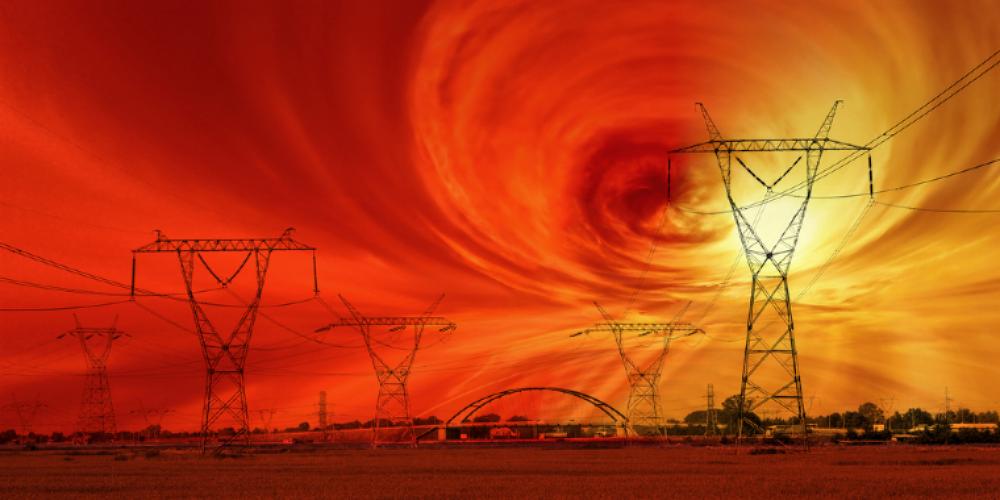The surface of the sun is stirring once again, and its effects could soon be felt here on Earth.
Others are reading now
The aftermath of a significant solar flare, observed this past Friday, may impact Earth in the coming days, according to the US space agency NASA. Such eruptions can disrupt communication waves, power grids, and navigation signals and pose a risk to spacecraft and astronauts.
Every Eleven Years: A New Solar Phase
Since December 2019, solar activity has been on the rise. Approximately every eleven years, in what’s known as a solar cycle, there are periods of both weak and strong solar activity. Currently, the sun is approaching a maximum phase.
The sun, a giant ball of electrically charged hot gas in constant motion, generates a strong magnetic field, officially referred to as a dipole field.
During a solar cycle, this dipole field weakens until it disappears, coinciding with the peak of solar activity.
Also read
Currently in Solar Cycle 25
Afterward, the dipole field begins to rebuild, but with reversed polarity, meaning the north and south poles have swapped places. On average, a solar cycle lasts eleven years.
The current cycle, number 25, started in 2019 and is expected to continue until 2030.
-
NASA warns of a new solar storm that could paralyze global power networks, following one of the most intense solar flares observed in recent years last Friday.
-
These eruptions could affect communication waves, power grids, navigation signals, and even spacecraft. They are part of the current eleven-year solar cycle 25, which is set to last until 2030.


